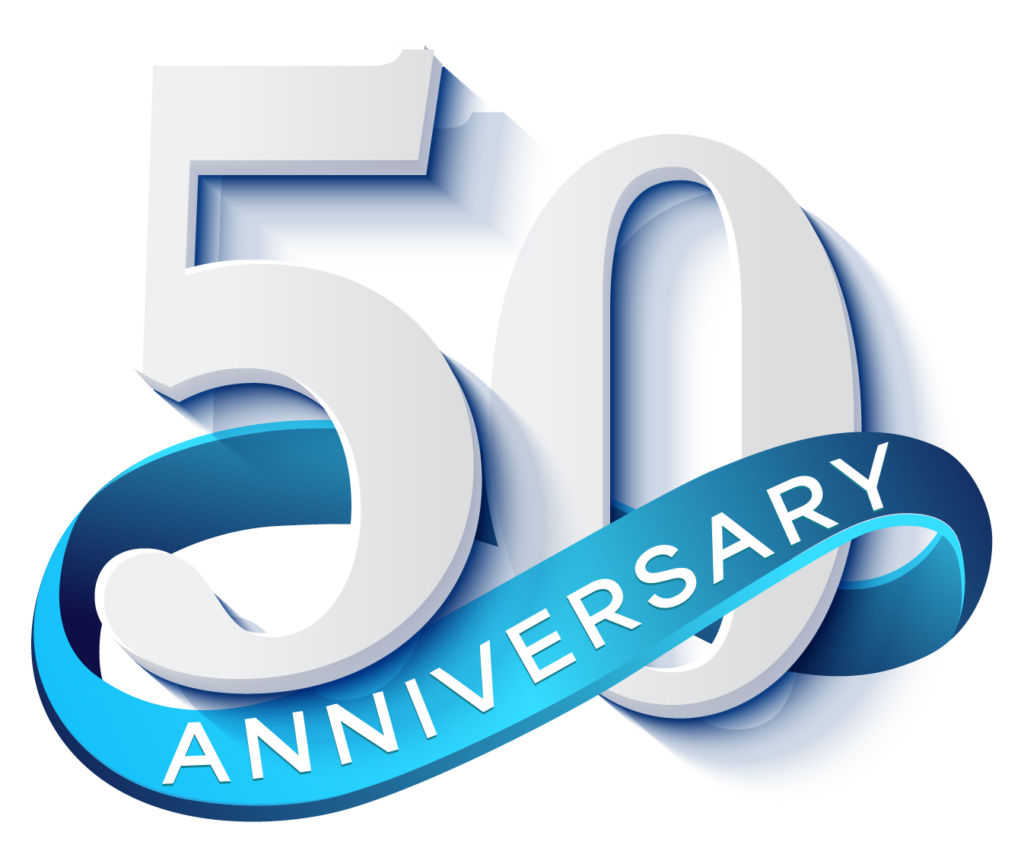At the heart of every thriving organization lies the pulse of clear, concise, and meaningful interactions that not only bond individuals but also uplift teams to achieve collective success. The power of words, when wielded with precision and empathy, can inspire, motivate, and forge unbreakable connections, driving innovation, productivity, and a robust organizational culture.
However, navigating the maze of effective communication in the workplace often presents key challenges, with misunderstandings and misinterpretations acting as silent enemies that erode trust, dampen morale, and ultimately, diminish the bottom line. Leadership teams and employees alike grapple with the complexities of communication, where poor communication or failure to convey and comprehend effectively can lead to a disconnected, disengaged, and disenchanted workforce.
This blog post serves as the starting point you need, offering insights and strategies to master effective communication in the workplace, overcome barriers, and harness its power to transform your workplace dynamics positively.

Foundation of Effective Workplace Communication
When it comes to communicating effectively, understanding the foundational elements is similar to mastering the chords in music—essential for creating harmony and resonance within an organization. By meticulously crafting our verbal, non-verbal, and written exchanges, we create a level of connectivity that nurtures trust, respect, and mutual success.
Clear Verbal Communication
Clear verbal communication skills stand at the forefront of effective workplace interactions, acting as the bedrock upon which productive and efficient teams are built.
1. Articulation and Pronunciation
Precise articulation and pronunciation are pivotal; they ensure that messages are conveyed clearly and understood correctly. For example, a mispronounced word or an incorrect emphasis can lead to confusion and hinder the flow of communication. Practicing enunciation and pronunciation is key to mastering this aspect.
2. Tone and Pitch
The tone and pitch of our voice carry the emotional weight of our words, profoundly impacting how our message is received. Research in the field of vocal psychology suggests that a variation in tone and pitch can effectively express sincerity, urgency, or empathy, thereby influencing the listener’s perception and emotional response.
Non-Verbal Communication
Often underrated, non-verbal cues play a crucial role in enriching verbal communication, providing context and additional meaning to the spoken word.
1. Body Language
Body language, encompassing gestures, posture, and movements, is a powerful form of non-verbal communication. According to studies, it accounts for more than half of our communicated messages. Positive body language, such as nodding or maintaining eye contact, can enhance engagement and convey interest and receptiveness.
2. Facial Expressions
Facial expressions convey a myriad of emotions without a single word being uttered. Expert Paul Ekman’s research on facial expressions outlines their universal recognition and significance in expressing emotions such as happiness, surprise, confusion, and frustration, making them vital in workplace interactions.
Written Communication
In the digital age, written communication has become an indispensable part of workplace dynamics, emphasizing the need for clarity, conciseness, and professionalism.
1. Email Etiquette
Email etiquette involves more than just the correct use of language; it encompasses the art of making emails concise, clear, and actionable. It also involves using appropriate salutations, subject lines, and signatures to convey a professional tone. Plus, well-structured emails with a clear call to action can increase productivity by reducing time spent on unnecessary correspondence.
2. Professional Documentation
Professional documentation, whether it involves reports, proposals, or memos, demands precision, clarity, and attention to detail. It serves not only to convey information but to document insights, decisions, and actions. Harvard Business Review emphasizes the importance of professional documentation in ensuring that teams are aligned, informed, and ready to execute strategies efficiently.
Active Listening
Equally as crucial as conveying your own message is the art of active listening, a skill that amplifies understanding and fosters an atmosphere of mutual respect and team collaboration. By prioritizing this aspect of communication, we open the door to deeper insights, enhanced problem-solving abilities, and stronger relationships within the workplace.
Understanding the Power of Listening
Active listening goes beyond merely hearing words; it involves engaging with and processing the speaker’s message, demonstrating an understanding, and responding thoughtfully. Studies have shown that active listening can significantly improve job satisfaction and team performance. For instance, teams with members who practice active listening experience a higher level of trust and a deeper connection to their work and colleagues. This underscores the potency of active listening in breeding a highly collaborative and positive work environment.
Techniques for Active Listening
Mastering active listening involves intentional practices and behaviors that can be developed over time. Here are key techniques that can dramatically increase the effectiveness of good communication skills within the workplace.
1. Reflective Responses
Reflective responses are a powerful tool in active listening. They involve summarizing or paraphrasing what the speaker has said to ensure understanding and to convey empathy. This technique, supported by research, not only confirms that the message is received accurately but also provides the speaker with the opportunity to clarify misunderstandings immediately, enhancing the precision of team communication.
2. Clarifying Questions
Clarifying questions serve to deepen understanding and ensure that all aspects of the speaker’s message are comprehensively grasped. By asking for specific details or examples, listeners can uncover underlying issues or concerns not immediately apparent, facilitating a more effective problem-solving process. Clarifying questions significantly enhances decision-making accuracy and team alignment by ensuring that each team member has a clear, shared understanding of the tasks and goals at hand.
Tailoring Communication Styles
Understanding and adapting to a communication style to suit various situations and audiences is not just an art; it’s a strategic skill critical for enhancing effectiveness and building rapport in the workplace.
Adapting to Different Personalities
Adapting communication to align with different personalities requires an in-depth understanding of the unique ways individuals perceive and process information. The Personalysis assessment tool
The Personalysis assessment tool exceeds traditional views on personality by offering a comprehensive analysis that swears off static types or labels. Instead, it presents a dynamic outline of one’s personality in action, unpacking three distinct yet interconnected facets of personality in what could be likened to having three personality profiles consolidated into one.
This innovative approach outlines:
- how an individual garners fundamental confidence essential for well-being
- engages in social interactions
- and channels their purpose and passion into tangible actions.
Employing Personalysis within your business strategy can catalyze profound conversations, encourage workplace diversity, enhance teamwork, and drive organizational growth by leveraging the strengths and understanding the nuances of each team member’s personality as it manifests in their professional roles and interactions.
Recognizing Cultural Differences
In today’s globalized business environment, being aware of and respectful of cultural differences is non-negotiable. Cultural norms influence communication styles, formality, directness, and even non-verbal cues such as eye contact and gestures. Hofstede’s Cultural Dimensions Theory provides a valuable framework for understanding these differences, highlighting the importance of factors like power distance, individualism vs. collectivism, and uncertainty avoidance. Research has found that teams with cultural competency training show a 70% improvement in cross-cultural communication effectiveness. Recognizing and respecting cultural differences not only fosters a positive work environment but also enhances collaboration and innovation by valuing diverse perspectives and approaches.
Technology and Communication
In the digital age, technology has significantly reshaped the way we communicate within the workplace, rendering traditional boundaries irrelevant and fostering a highly connected environment.
Utilizing Communication Channels
Advancements in technology have introduced a plethora of tools designed to improve communication, enhance collaboration, and ensure continuity of operations irrespective of physical locations.
1. Video Conferencing
Video conferencing platforms like Zoom, Microsoft Teams, and Google Meet have transformed the landscape of team meetings, enabling face-to-face interaction without the need for physical presence. A study indicates that video conferencing boosts productivity among remote teams while fostering a sense of community and employee engagement. These platforms cater to a range of functionalities including screen sharing, real-time feedback, and recording capabilities, making them indispensable in today’s remote working environment.
2. Instant Messaging Platforms
Instant messaging platforms such as Slack facilitate real-time communication, allowing for quick dissemination of information, instant feedback, and streamlined workflow. According to research, integrating instant messaging tools in the workplace reduces email traffic and significantly lowers communication barriers, enabling more spontaneous and informal interactions that can boost creativity and problem-solving abilities.
Overcoming Virtual Communication Challenges
While technology facilitates seamless connectivity, it also introduces unique challenges such as digital fatigue, miscommunication, and the potential loss of personal connection.
Overcoming these hurdles requires a strategic approach that includes setting clear guidelines for digital communication, encouraging regular breaks to combat screen fatigue, and incorporating tools for emotional and social connection, such as virtual team-building activities or ‘virtual coffee breaks’.
Constructive Feedback
Feedback is the linchpin that holds teams together, guiding improvement and encouraging personal and professional growth.
Importance of Feedback
Feedback in the workplace is vital for individual improvement, team cohesion, and the overall success of the organization. It acts as a mirror, reflecting the areas where employees excel and where they might need to invest more effort. A study by Gallup revealed that 80% of employees who receive regular, constructive feedback are more likely to be engaged at work. This correlation underlines the significant impact that thoughtful feedback can have on a company’s productivity and morale. It’s not just about pointing out areas for improvement; it’s about creating a culture of openness, mutual respect, and continuous learning.
Delivering Constructive Criticism
The manner in which feedback is delivered can make the difference between an employee feeling motivated or demoralized. Therefore, mastering the art of constructive criticism is crucial for maintaining a positive work environment and fostering professional growth.
1. Specificity in Feedback
Specificity is key to effective feedback. General comments can leave recipients confused and unsure of how to improve. Plus, precise, actionable feedback linked to specific behaviors or outcomes enables individuals to easily identify what changes are needed. This specificity not only makes the feedback more useful but also contributes to the recipient’s professional development by providing clear directives for action.
2. Positive Reinforcement
While identifying areas for improvement is necessary, balancing critique with positive reinforcement is crucial for maintaining motivation and morale. Positive reinforcement could significantly increase performance, even more so than criticism. Recognizing and commending what an employee does well encourages them to continue those behaviors, fostering an environment where positive actions are noticed and valued. This balance between positive reinforcement and constructive criticism is central to creating a feedback culture that drives continuous improvement and high performance.
Leadership and Communication
Effective leadership communication is the backbone of any successful organization, particularly in the context of fostering a communicative culture. Leaders play a pivotal role in setting the standards for communication, influencing the organizational climate, and steering the company toward its strategic goals.
Leading by Example
Leading by example stands as one of the most powerful strategies for influencing a communicative culture within the workplace. This approach involves leaders actively participating in open communication practices, demonstrating transparency, emphasizing the importance of feedback, and showing respect for all opinions and ideas. According to a study, leaders who communicate effectively are more likely to be perceived as effective by their teams, highlighting the direct correlation between leadership communication practices and perceived leadership effectiveness. Leaders who prioritize listening, empathize with their teams, and actively engage in two-way communication not only inspire trust but also encourage the same behaviors among their employees.
Communicating Vision and Goals
Clearly communicating the organization’s vision and goals is crucial for aligning the efforts of all employees toward common objectives. Transparently sharing these goals and the rationale behind them helps to motivate employees, enhance their commitment, and foster a sense of belonging. It’s important that you align the team’s work with the organization’s strategic objectives as employees who understand their company’s direction and their role in it are more engaged, innovative, and productive.
Summary
Effectively melding communication technologies, constructive feedback, and leadership in the workplace form the bedrock of a thriving and synergistic team environment. As Steve Jobs once wisely said, “Great things in business are never done by one person. They’re done by a team of people.” This teamwork and collective success are cultivated through the practices of clear, considerate communication and shared leadership visions.
Encourage an atmosphere of growth and collaboration in your organization. Discover how Personalysis can transform your team’s dynamics and propel your business forward.




